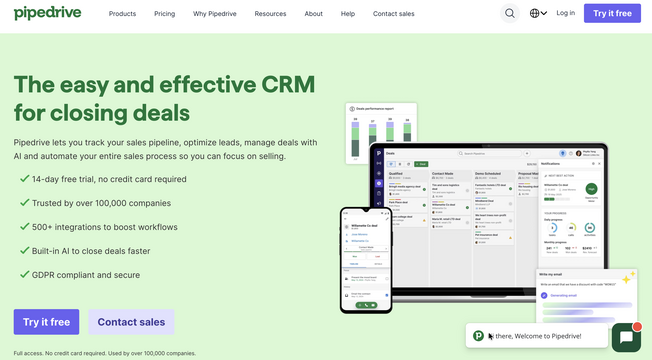
Whether you’re looking to set new business priorities, outline plans for growth, determine a product roadmap or plan your investment decisions, you’ll need a strategy.
- Gather the facts
There are many tools & techniques available to help with this process, such as SWOT analysis. You should look internally at your strengths & weaknesses. And for the opportunities and threats, you should look at external factors.
- Develop a vision statement
This statement should describe the future direction of the business and its aims in the medium to long term. It’s about describing the organization’s purpose & values. Business gurus have debated long and hard about what comes first – the vision, or the mission statement. But, in practice, you could develop both at the same time.
- Develop a mission statement
Like the vision statement, this defines the organization’s purpose, but it also outlines its primary objectives. This focuses on what needs to be done in the short term to realize the long-term vision. So, for the vision statement, you may want to answer the question: “Where do we want to be in 5 years?”.
- Identify strategic objectives
At this stage, the aim is to develop a set of high-level objectives for all areas of the business. They need to highlight the priorities & inform the plans that will ensure the delivery of the company’s vision & mission. Crucially, your objectives must be SMART. Your objectives must also include factors such as KPIs, resource allocation & budget requirements.
- Performance Management
All the planning and hard work may have been done, but it’s vital to continually review all objectives & action plans to make sure you’re still on track to achieve that overall goal. Creating, managing & reviewing a strategy requires you to capture the relevant information, break down large chunks of information, plan, prioritize, capture the relevant information, and have a clear strategic vision.

















Leave a Reply